Site Summaries
Only a Small Selection of Sites Housed at SA McMaster. Click on one of the site names below to learn more.
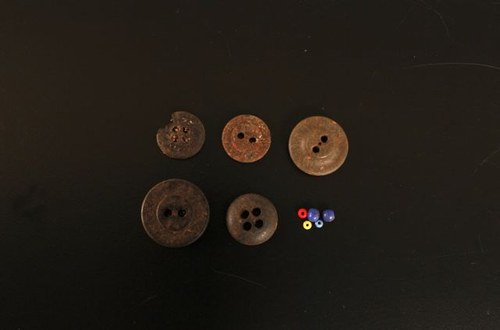
Auguston (FfJq-1)
One of nine sites excavated/surveyed in the Northern Caribou Lake region as part of Diana Gordon's MA fieldwork. The artifacts from the Auguston site date to the 1950s/60s and are associated with a trader’s cabin and store.
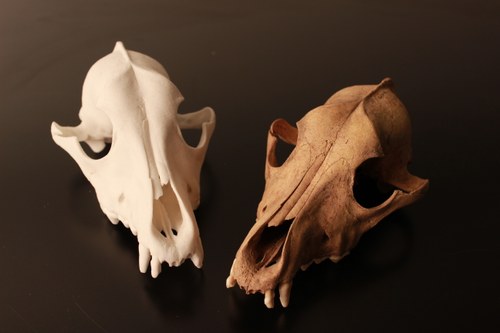
Cleveland (AhHb-6)
The Cleveland Site (AhHb-7) was excavated in 1971 by William C. Noble, after amateur archaeologist Douglas Mannen did small excavations and surface collections. The four-acre site is located northeast of Brantford (Fairchild Creek, Brant County).
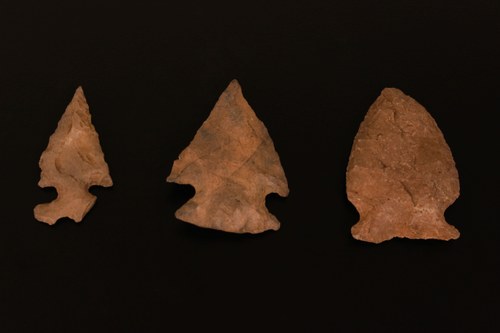
Cranberry Creek (AfGv-62)
The Cranberry Creek Site (AfGv-62) was excavated in 1974 by Paul Lennox and David Stothers with a crew of McMaster students. Located in Haldimand County, this site has been dated to 200 to 300 BC and AD 700 to 900 indicating a multi component site with occupations in the Middle and Late Woodland periods.
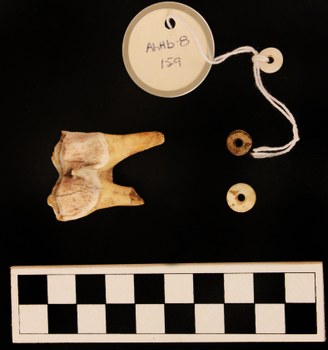
Fonger (AhHb-8)
Located on the eastern bank of the Fairchild Creek tributary, near Brantford, Ontario, the Fonger Site (AhHb-8) was identified as a protohistoric Neutral Iroquois village, ca. AD 1590-1630. The site was excavated under the supervision of Gary Warrick in 1978 and 1979 with the intent of better understanding Iroquois village layouts and organisation.
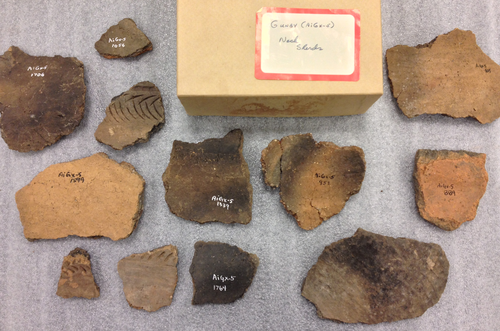
Gunby (AiGx-5)
A late Pickering village dated to AD 1300-1320, located on the Niagara escarpment. While ten longhouses were located, no middens were found and a palisade was not clearly defined.
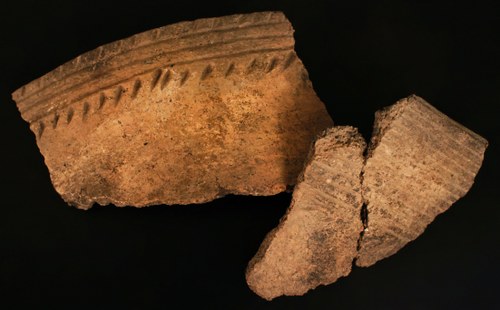
Guyatt (AgGw-4)
Douglas Bell first investigated the Guyatt site in 1937 and returned for a partial excavation in 1951 with a team from McMaster University, the University of Toronto, and the ROM. Bell noted in his 1963 paper that this Neutral village site “had suffered in the interim from the depredations of collectors interested only in what they could find, and our excavation provided an opportunity to save what information remained, before it was totally destroyed.”

Hamilton (AiHa-5)
Located in West Flamborough township, the Hamilton site (AiHa-5) was the subject of surface-collection for amateur archaeologists before W.C. Noble's excavations in the 1970s, with McMaster and Laurentian University students and Professor Helen Devereux. In 1976, Paul Lennox excavated an additional two houses at the site.
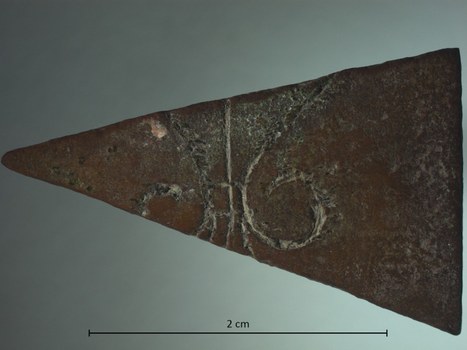
Hood (AiHa-7)
Located near Freelton, Ontario, the Hood Site (AiHa-7) was excavated by Paul A. Lennox in 1977. The extensive excavations targeted large midden deposits, the village palisade and 14 longhouses associated with a Neutral Iroquoian village and captures contact with the Jesuits (c. AD 1640).
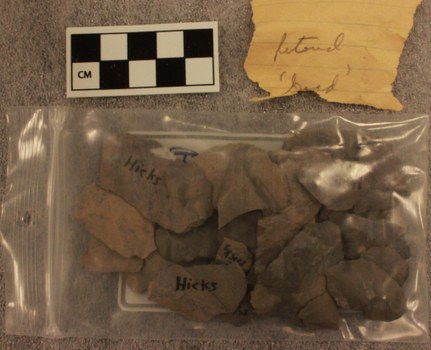
Hicks (Borden unknown)
Discovered in the box for another site, the Hicks artifacts in Sustainable Archaeology's collection represent a mystery. As with many legacy collections, only very limited provenience information is available about this site and its artifacts. This assemblage consists entirely of lithic tools and debitage, and appears to have been excavated by someone named Alex Hicks in the early 1970's. Anyone with information about such an excavation is encouraged to contact Sustainable Archaeology.
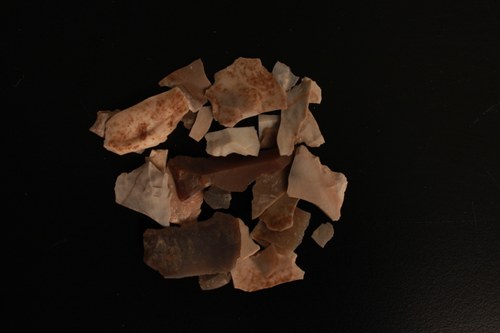
Hurried Hare (FeJp-7)
One of nine sites excavated/surveyed in the Northern Caribou Lake region as part of Diana Gordon's MA fieldwork. Located nearby to the Job Site, Hurried Hare is possibly also a Laurel site.
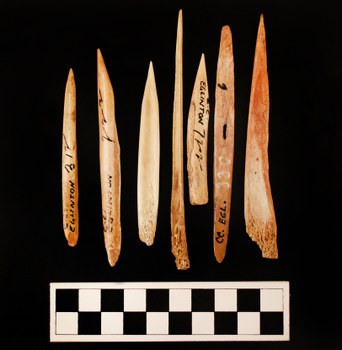
Jackes-Eglinton
The Jackes (Eglinton) site is located northwest of Eglinton and Avenue Roads in Toronto, and is today covered by Allanby Public School and housing developments. The site is notably the best documented Iroquoian village (ca. 1450-1475) in the City of Toronto, though it was unfortunately destroyed by development before systematic archaeological investigations were required.

Jenzen (AfGw-1)
The only associated record accompanying the Jenzen material in a handwritten note that includes reference to 1961 and a farm close to the Grand River. Material is labelled Jenzen, J, Jenz, or AfGw-1. As seen in the image below, some artifacts include an additional label, suggesting the material was catalogued.
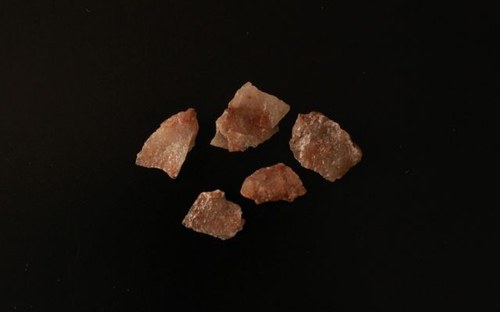
Job (FeJp-3)
One of nine sites excavated/surveyed in the Northern Caribou Lake region as part of Diana Gordon's MA fieldwork. The Job Site, a Laurel campsite close to the Hurried Hare Site, has been dated to AD 600-1200.
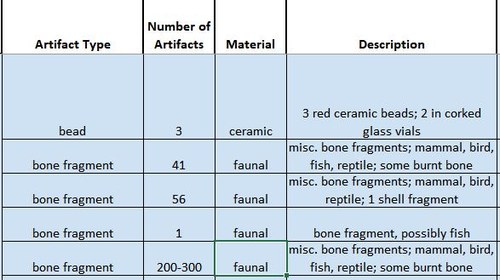
Ludlow-Vanderlip (AgHa-8)
Located just over 1km south of the Sealey site, Ludlow-Vanderlip is a small hamlet site, on a plateau south of Big Creek. Sustainable Archaeology's collections from this site primarily consist of faunal and ceramic assemblages with some lithic and metal artifacts also represented.
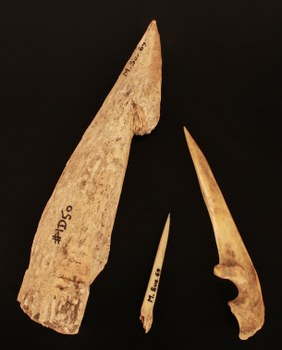
Mannen (AhHb-6)
The Mannen Site is a Neutral village that was investigated in the 1970s. Excavations focused on the site's living areas and surrounding agricultural land. Material has been estimated to date from between AD 1585 and 1600.
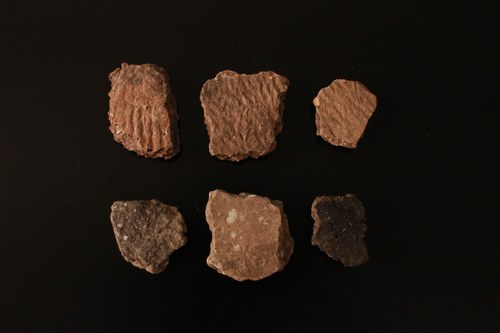
Mills (AiHa-8)
The Mills site was surveyed by Ian Kenyon in 1971 and is registered with the city of Hamilton as a Neutral village site. Lithic material was also collected from the site by George Gee at an unknown date.
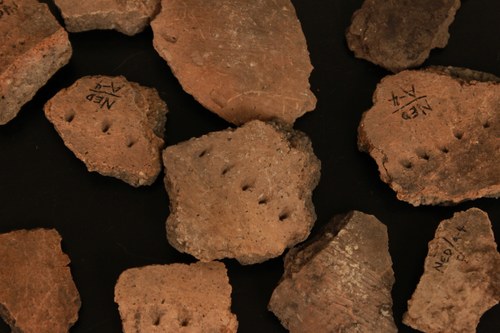
Nedelko-Orct (AhHa-20)
The Nedelko-Orct site is registered by the city of Hamilton as a Woodland Neutral Iroquois village. Artifacts are labelled by square number and some are labelled “NED” while others “NAD” suggesting a possible alternate spelling of the site name.
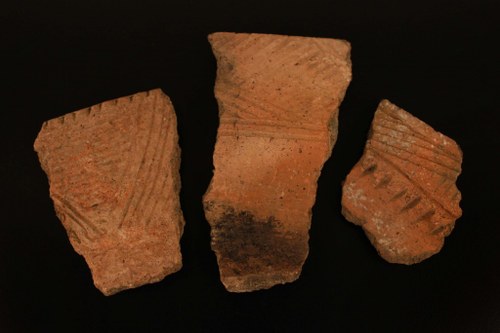
Parsons (AkGv-8)
First excavated in 1952 by J.N. Emerson, Parsons is a Late Iroquoian village site, thought to be the result of an amalgamation of two or more earlier communities. Considered to be one of the defining sites of the Humber Valley archaeological sequence, Parsons stands out due to the marked concentration of exotic ceramics in the eastern portion of the site and the unusual double palisade forming the site's perimeter. Since its discovery, the Parsons site has undergone a number of incarnations, hosting numerous archaeological field schools, an attempted museum, and excavations continuing into the early 1990s.
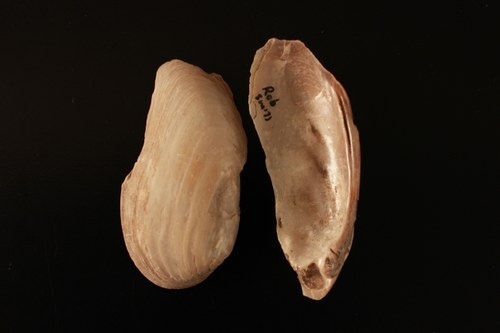
Robertson (AiHa-12)
The Robertson site was surveyed by Ian Kenyon in 1971 and is registered with the city of Hamilton as a Neutral village site.

Rocky Ridge (BbHj-16)
In 1969 and 1970, Peter Ramsden and students from the University of Toronto undertook a test excavation at the Rocky Ridge Site (BbHj-16). Located north of Kincardine, Bruce County, the site lies between two beach ridges, one of which (a cobbled storm beach) gives the site its name.
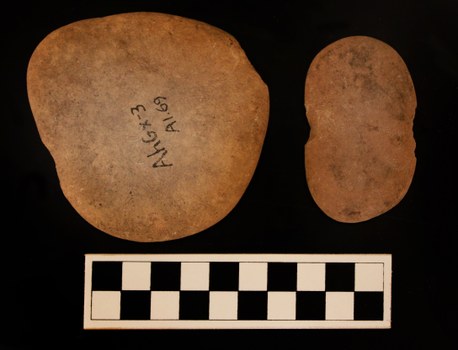
Sassafras Point No. 1 (AhGx-3)
Located on a relatively long peninsula on the south shore of Cootes Paradise, lithics, ceramics and faunal remains were recovered and attributed to what was referred to as Sassafras Point Site No. 1 (AhGx-3).
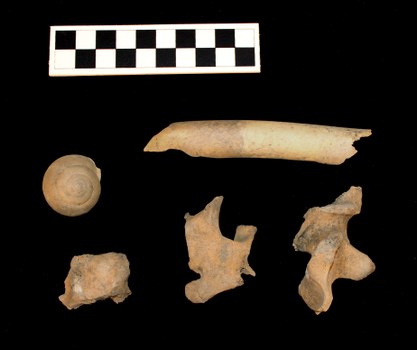
Savage (AdHm-29)
The Savage Site (AdHm-29) is a small legacy collection from excavations of a Middle Ontario Iroquoian settlement dating to circa AD 1350, located northeast of Chatham, Ontario. The site contained one long house and one midden.
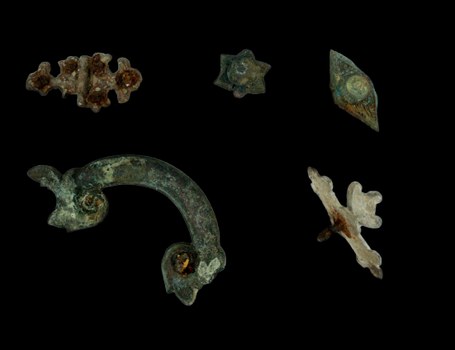
St. Thomas Anglican Church (BaGi-21)
At the request of St. Thomas Anglican Church, Belleville, Ontario, excavations were undertaken in the burial grounds surrounding the church in order to legally close the churchyard cemetery and build a parish hall. All human remains were reburied soon after, however the material recovered from coffins was maintained in the collections of McMaster University.